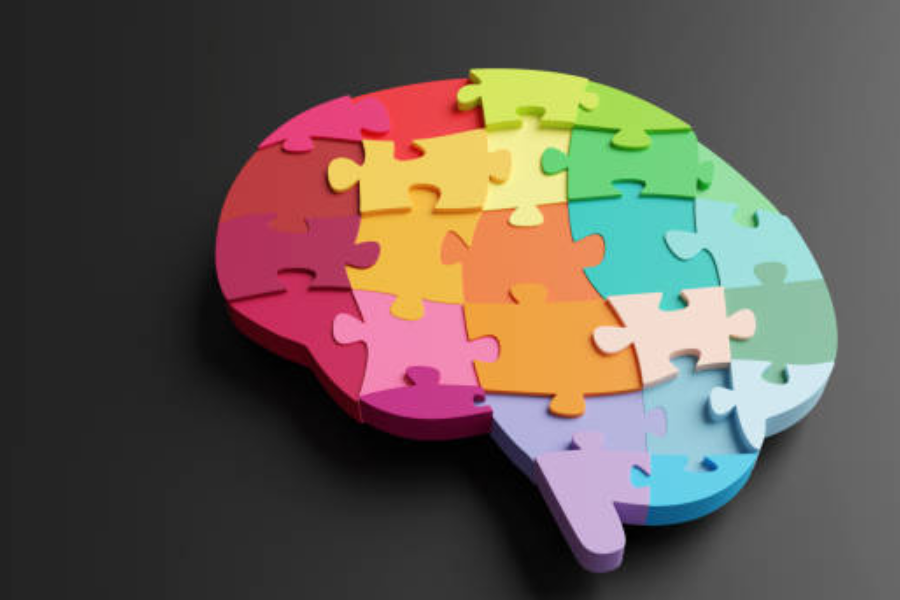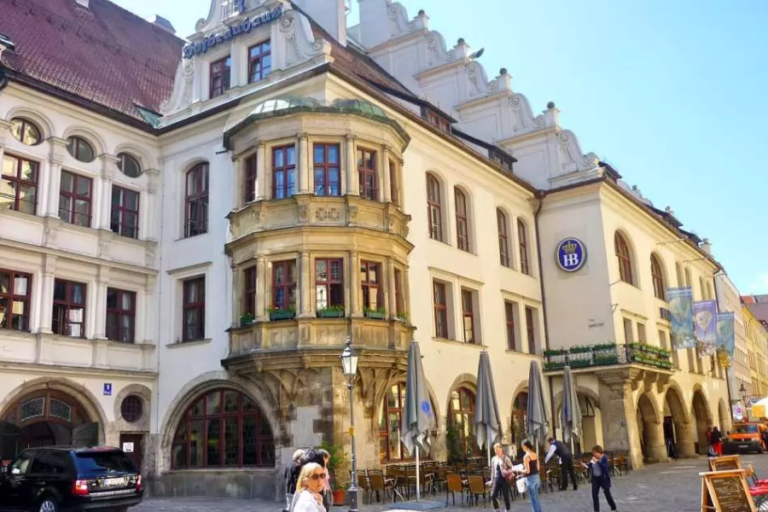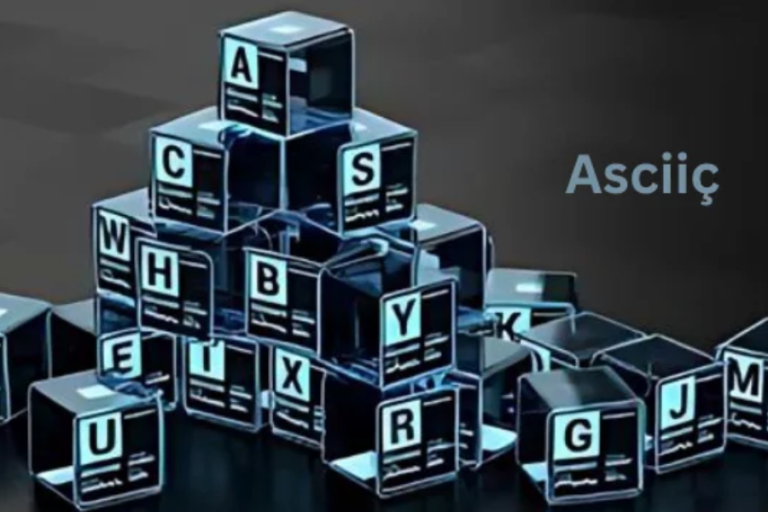Magical Disappearances and the Enchanting Role of Sound: A Deep Dive into Illusions
Magical disappearances have captivated imaginations for centuries, appearing in folklore, fiction, and even live performances. These moments of wonder leave audiences spellbound, but have you ever considered the crucial role that sound plays in creating these magical illusions? This article will explore how sound enhances the art of magical disappearances and the ways in which the New York Times has covered this fascinating subject.
What Makes Magical Disappearances So Mesmerizing?
At first glance, magical disappearances may seem to be all about the visual—after all, it’s the sudden vanishing of a person, object, or creature that grabs the audience’s attention. However, this is only half the story. Magic is a multi-sensory experience, and sound is integral in making the illusion feel real. From the faintest rustle of a magician’s cloak to the echoing boom of a spell being cast, sound helps to make these extraordinary moments believable.
The Power of Magic in Culture
In a world where reality can often feel uncertain, magical disappearances offer a momentary escape into a place where anything is possible. These feats of wonder have worked their way into many aspects of culture, influencing everything from ancient myths to blockbuster movies. Through them, we glimpse a world where the impossible becomes possible.
How Sound Shapes Magical Moments
Sound is a critical ingredient in crafting the illusion of a magical disappearance. Without it, even the most visually stunning magic trick can fall flat. Think of the crackle of magical electricity before a character vanishes into thin air or the haunting silence that follows a sudden disappearance. These auditory cues work in harmony with the visual elements to enhance the experience for the audience.
The Concept Behind Magical Disappearances
What Are Magical Disappearances?
At their core, magical disappearances are about making something—or someone—vanish in front of an audience. While they seem to be visual feats, sound is equally important in making the audience suspend disbelief. The sounds that accompany these acts heighten the sense of mystery and wonder.
The Ancient Roots of Magic
The art of magical disappearances has ancient origins, dating back to rituals performed by shamans and priests who would seemingly defy natural laws. These early magical acts were accompanied by sounds like chanting, drumming, and incantations, which contributed to the air of mysticism surrounding them.
Popular Examples in Modern Media
In modern pop culture, magical disappearances have become iconic. From the sudden vanishing of Harry Potter during his disapparition in Harry Potter and the Half-Blood Prince, to David Copperfield’s famous illusions, these moments are often enhanced by dramatic soundscapes that leave audiences in awe.
The Cultural Impact of Magical Disappearances
Influence on Pop Culture
Magical disappearances symbolize the unknown, the mystical, and the seemingly impossible—qualities that have fascinated generations of audiences. These acts have been portrayed in countless films, TV shows, and books, often acting as pivotal moments that drive the story forward.
Representation in Literature and Film
Magical disappearances in literature and film are more than just visual spectacles; they often serve as metaphors for themes such as transformation, loss, and mystery. The eerie soundscapes that accompany these vanishings heighten their emotional impact, whether it’s a character disappearing or an entire world fading into oblivion.
The New York Times and Magical Disappearances
Why the New York Times Covers Magical Disappearances
As a leading voice in journalism, the New York Times has covered various aspects of magical disappearances in articles that delve into both their cultural significance and technical intricacies. The public’s enduring fascination with magic makes it a compelling subject for the Times’ readership.
Notable Features and In-Depth Articles
The Times has published several insightful articles examining magical disappearances. These pieces explore not only the cultural impact but also the technical craft behind these illusions, including the essential role that sound plays in creating the magic.
Reader Engagement and Discussions
Readers of the New York Times have shown a keen interest in stories about magical disappearances, often engaging in lively debates about the cultural meaning and personal significance of these acts. The blending of mystery, sound, and culture sparks curiosity and discussion among readers.
The Critical Role of Sound in Magical Disappearances
The Science of Magical Sound
Sound is not just a decorative element in magical performances; it’s a science. The right sound enhances the magic, making it feel real and immediate, while the wrong sound can ruin the illusion. Sound effects like the sharp crack of a spell or the soft rustle of a vanishing cloak help convince the audience that they’re witnessing something extraordinary.
Enhancing the Illusion with Sound
Sound engineers are the unsung heroes behind many magical disappearances. By carefully crafting the soundscape, they ensure that each illusion is as immersive as possible. Whether it’s a subtle hum of energy or a dramatic explosion, these sounds enhance the magic, making it feel larger-than-life.
The Psychology of Sound
Sound plays on our emotions in powerful ways, and sound engineers use this to their advantage in magical performances. Certain sounds evoke feelings of wonder, fear, or awe, and by manipulating these auditory cues, magicians create an unforgettable experience for their audience.
Iconic Soundtracks in Magic
Memorable Sounds in Film and TV
Soundtracks have always been an integral part of creating memorable magical moments in film and TV. From the chilling silence before a character vanishes to the swoosh of a wand, these sounds often become iconic in their own right, adding depth to the visual magic.
The Role of Sound Engineers
Sound engineers are key players in creating magical disappearances. Their work behind the scenes ensures that each vanishing act feels as immersive as possible. By blending different sound effects and musical cues, they create a rich auditory landscape that enhances the visual magic.
Magic as a Reflection of Reality
Magical Disappearances as Metaphors
Magical disappearances aren’t just about entertainment; they often serve as metaphors for deeper themes such as loss, change, and the unknown. In literature and film, these vanishing acts can symbolize the passage of time or the transformation of a character, offering audiences a way to explore complex emotions in a fantastical context.
Social Commentary Through Magic
Magic has always been a tool for social commentary. By making the impossible seem real, magical disappearances can challenge our perceptions of reality and encourage us to think critically about the world around us. These illusions can raise important questions about truth, fiction, and our understanding of reality.
The Ethical Dilemmas of Magic
While magical disappearances can be thrilling, they also bring up ethical questions. How far should performers go in manipulating an audience’s perception of reality? What are the moral implications of creating such convincing illusions? These are questions that magicians, performers, and even audiences must consider.
The Future of Magical Disappearances and Sound
Emerging Trends in Magic
As technology advances, so too does the art of magical disappearances. New techniques, such as augmented reality and holographic effects, are pushing the boundaries of what is possible in the world of magic. These innovations promise to make magical disappearances even more immersive and awe-inspiring.
The Evolution of Sound Design in Magic
Sound design is also evolving, with new advancements in 3D audio and immersive soundscapes creating more lifelike and engaging magical experiences. As these technologies continue to improve, we can expect sound to play an even greater role in future magical performances.
Conclusion
Magical disappearances are a timeless form of entertainment that continue to captivate audiences worldwide. While they may seem to be purely visual, sound is a crucial element that makes these illusions feel real and emotionally resonant. As technology advances and new techniques emerge, both magic and sound will continue to evolve, offering ever more enchanting and immersive experiences.
Facts:
- Magical Disappearances Are Multi-Sensory: These acts rely not only on visual tricks but also on sound to create a convincing illusion.
- Sound Enhances the Illusion: From the soft rustle of a magician’s cloak to the booming echo of a vanishing spell, sound plays a critical role in making magical disappearances feel real.
- Historical Significance of Sound in Magic: The use of sound in magical acts dates back to ancient times, when chants, drums, and incantations were used to enhance the mystery.
- Cultural Impact of Magical Disappearances: In modern times, magical disappearances have become a symbol of the unknown and the mystical, deeply embedded in pop culture through literature, films, and TV shows.
- New York Times’ Coverage: The New York Times has explored magical disappearances in multiple articles, discussing both the cultural significance and the technical aspects of sound in magic.
- Sound as a Psychological Tool: Sound affects the audience emotionally, helping to amplify the wonder, fear, or awe during magical acts.
- Future of Sound in Magic: With advances in sound design, such as 3D audio and immersive soundscapes, future magical disappearances are set to become even more engaging and realistic.
Summary:
Magical disappearances have long fascinated people, and their appeal lies in much more than just visual illusions. Sound plays a key role in making these acts believable, enhancing the magic through carefully crafted soundscapes. From ancient rituals to modern blockbusters, sound has always been used to deepen the sense of mystery and awe surrounding magical vanishings. The New York Times has delved into this intriguing subject in several articles, noting the importance of sound in making these illusions come to life. As sound technology continues to evolve, the future promises even more captivating magical disappearances that will push the boundaries of reality.
FAQs:
- How does sound contribute to magical disappearances?
- Sound heightens the realism of magical acts, creating auditory cues that align with the visual illusion, making it more immersive and believable for the audience.
- Why are magical disappearances significant in culture?
- Magical disappearances symbolize the mystical and unknown, allowing audiences to explore themes like transformation, loss, and the impossible.
- What role does the New York Times play in covering magical disappearances?
- The New York Times has featured several articles on magical disappearances, examining both the cultural impact and the technical aspects of sound that make these illusions successful.
- How has sound been used historically in magic?
- In ancient times, shamans and priests used sound, such as chanting and drumming, to enhance the mystery of their magical acts, laying the foundation for modern soundscapes in magic.
- What advancements are being made in sound design for magic?
- Innovations in 3D audio and immersive soundscapes are helping to make magical disappearances even more engaging, offering richer, more lifelike sensory experiences for audiences.
- How does sound affect the audience’s perception of magical disappearances?
- Sound taps into the audience’s emotions, using auditory cues to evoke feelings of wonder, awe, or tension, thus amplifying the overall impact of the magical illusion.







